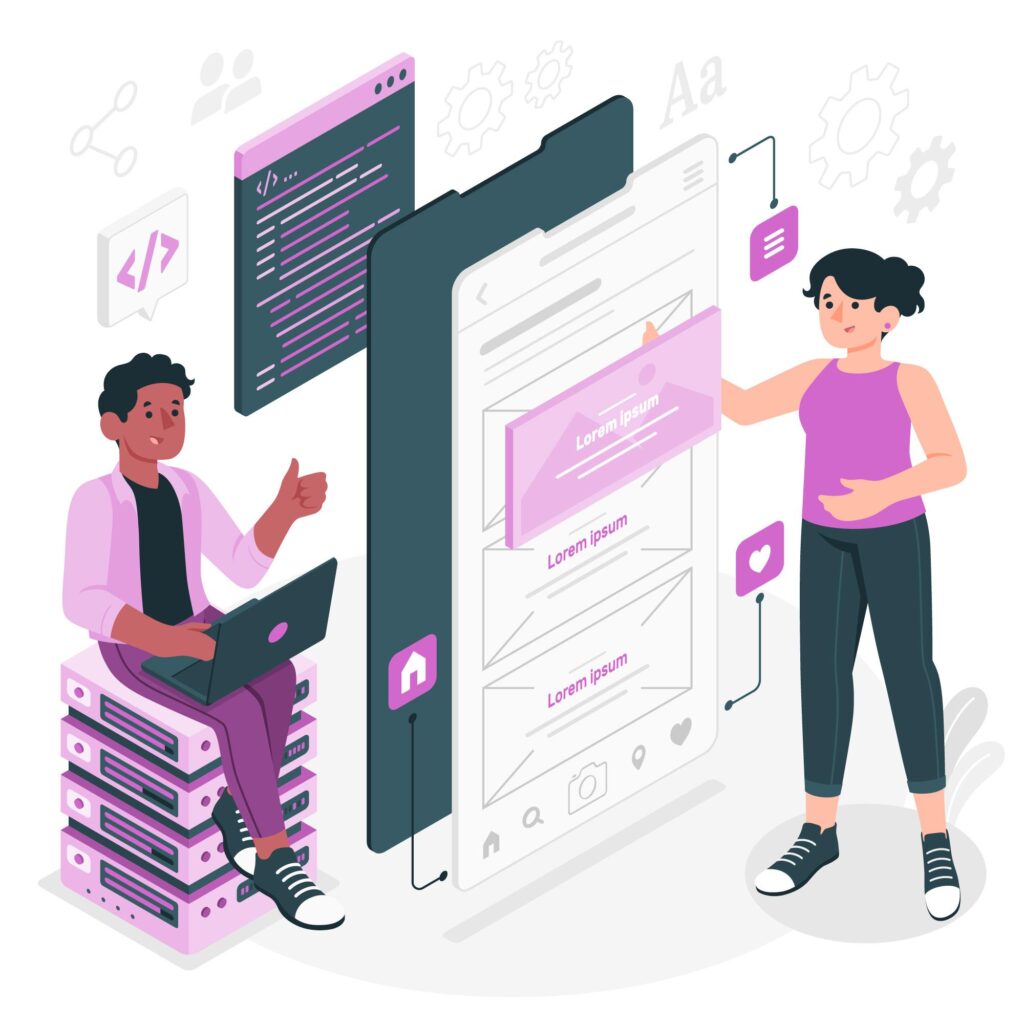Riding the Flutter Wave: What’s New in Flutter Development Services?
09/11/2023
1.2k
Table of Contents
Flutter, Google’s cool kid in the world of app development, is back with a fresh breeze of innovation. If you’re not yet acquainted, Flutter is that versatile open-source framework that’s been making waves. You know the one that lets developers create snappy apps for your phone, your laptop, and even the web, all from a single secret recipe. Well, it’s time to buckle up because we’re about to surf through the latest trends, technologies, and cool practices that are making waves in the world of Flutter development services. Grab your board and let’s ride the Flutter wave!
1. Flutter 2.0 and Beyond
Flutter 2.0 marked a significant leap forward in the framework’s capabilities. With expanded support for web and desktop applications, it has evolved into a genuine multi-platform solution. Developers can now create applications that seamlessly run on mobile, web, and desktop devices from a single codebase. In other words, this trend opens up exciting possibilities for cross-platform development.
2. Web and Desktop Development
One of the most significant trends in Flutter development is its ability to target both web and desktop platforms. This multi-platform approach allows businesses to provide a consistent user experience across different devices. Web and desktop development is no longer an afterthought but a core feature of Flutter.
3. Responsive Design
As multi-platform development becomes more prevalent, responsive design is paramount. Flutter offers robust support for responsive design, ensuring that user interfaces adapt seamlessly to various screen sizes and orientations. This trend guarantees a harmonious user experience on mobile, web, and desktop platforms.
4. State Management Solutions
Effective state management is essential in app development. Flutter provides various state management solutions, such as Provider, Bloc, and Riverpod. Choosing the right approach is crucial for maintaining a well-structured and efficient codebase.
5. Serverless and Cloud Integration
The integration of cloud services and serverless computing is on the rise in Flutter development. Applications can leverage cloud platforms like AWS, Google Cloud, and Azure to enhance scalability, storage, and data processing capabilities. This trend is particularly beneficial for apps with extensive user bases or resource-intensive features.
6. Machine Learning and AI
Machine learning and artificial intelligence (AI) are increasingly finding their way into Flutter apps. TensorFlow, an open-source machine learning framework developed by Google, pairs seamlessly with Flutter. This allows developers to incorporate AI-powered features that enhance user experiences and deliver smart, personalized functionalities.
7. Custom Widgets and Design Systems
Custom widgets and design systems are central to Flutter’s flexibility. Developers are creating tailor-made widgets to meet specific design and functionality requirements. This trend empowers apps to stand out with unique user interfaces and experiences.
8. Accessibility and Inclusivity
Inclusivity is a growing concern in app development. Ensuring apps are accessible to users with disabilities is both a best practice and a legal requirement in many regions. Flutter’s commitment to accessibility, coupled with the availability of tools and resources for creating accessible apps, is a notable trend.

9. Augmented Reality (AR) and Virtual Reality (VR)
The incorporation of augmented reality (AR) and virtual reality (VR) technologies into Flutter development is an emerging trend. These technologies enable applications to blend the physical and digital worlds or immerse users in virtual environments. This trend has applications in various industries, from gaming and education to e-commerce.
10. CI/CD Pipelines
Continuous integration and continuous deployment (CI/CD) pipelines have become an integral part of modern app development. Setting up efficient CI/CD pipelines for Flutter apps streamlines the process of delivering updates and new features to users on multiple platforms.
11. Localization and Internationalization
With the global audience in mind, localization and internationalization are critical trends. Flutter development services are emphasizing making apps accessible to users in different regions. This involves support for multiple languages, time zones, and cultural nuances.
12. Sustainability and Green Development
Sustainability and eco-friendliness have emerged as trends in tech. Businesses are showing increasing interest in sustainable app development practices. Flutter development services are exploring ways to reduce the environmental impact of apps, such as optimizing energy consumption and minimizing data usage.
13. Blockchain and Cryptocurrency Integration
Blockchain technology and cryptocurrencies are entering the app development space. Flutter development services are exploring the integration of blockchain for secure data handling and incorporating cryptocurrency transactions into applications.
14. Enhanced User Privacy and Data Security
With heightened concerns about user privacy and data security, Flutter development services are prioritizing the implementation of robust security measures, encryption, and user consent mechanisms to protect sensitive information.
15. Real-time Features and Collaboration
Real-time features, such as chat, video conferencing, and collaborative tools, are in high demand. Flutter development services are incorporating real-time functionality to enhance user engagement and collaboration in applications.
16. Edge Computing
Edge computing is gaining momentum in app development. Flutter development services are exploring ways to optimize apps for edge computing to reduce latency and enhance real-time processing.
17. Voice User Interfaces (VUI)
Voice user interfaces are becoming more prevalent with the growing adoption of smart speakers and voice assistants. Flutter development services are exploring VUI integration to make apps more accessible and convenient.
18. Cross-Platform Game Development
The gaming industry is adopting Flutter for cross-platform game development. Flutter development services are capitalizing on this trend to create games that can run on multiple platforms.
19. Blockchain and Cryptocurrency Integration
Blockchain technology and cryptocurrencies are entering the app development space. Flutter development services are exploring the integration of blockchain for secure data handling and incorporating cryptocurrency transactions into applications.
20. Enhanced User Privacy and Data Security
With heightened concerns about user privacy and data security, Flutter development services are prioritizing the implementation of robust security measures, encryption, and user consent mechanisms to protect sensitive information.
Conclusion
Flutter development services are at the forefront of these trends and innovations, shaping the future of app development. Whether it’s the expansion of Flutter to new platforms, the integration of advanced technologies, or a focus on inclusivity and sustainability, the Flutter development ecosystem is dynamic and ever-evolving. To stay competitive in the world of app development, it’s crucial for businesses and developers to keep abreast of these trends and leverage the latest technologies and best practices in Flutter development services.
SupremeTech has expertise in building both iOS and Android apps using Flutter. It will save a lot of time and effort to build cross-platform apps with our Flutter development services. Talk to us now!
Related Blog





















